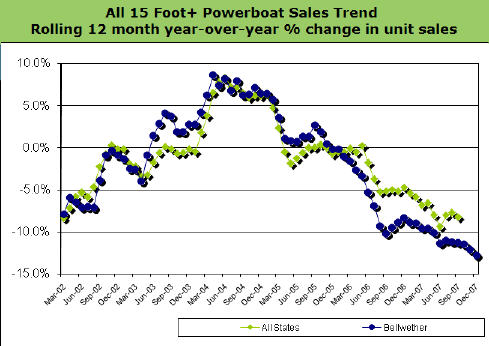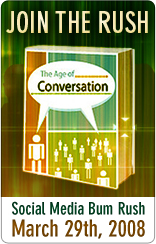Merlin Mann is one of my favorite productivity bloggers. And similar to how you feel when you learn that two old friends have met and hit it off, I was pleased yesterday to read his post on an influential teacher in my life: Jon Kabat-Zinn, founder of the Center for Mindfulness in Medicine, Health Care, and Society.
At about the same time that I was gaining my stride in my professional life, a chronic pain situation nearly ended it. Then I learned about what this fellow was doing, deep in the bowels of the University of Mass. Medical Center. I learned about Kabat-Zinn and his “de-dogma-ized” meditation program in a segment of a PBS special, Bill Moyers’ Healing and the Mind. What followed is a journey I’m still on.
Read Merlin’s post, and check out the YouTube video it describes, which was shot on the Google campus.
April 1 Update: Here’s an account of the health benefits of this type of meditation, from yesterday’s BBC News site.


